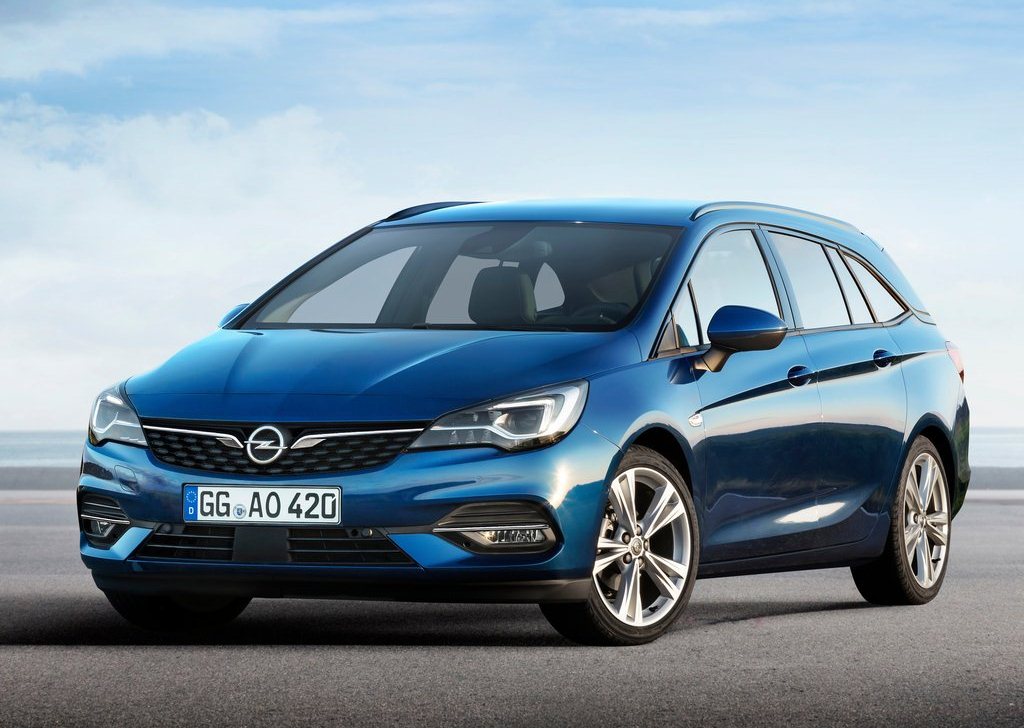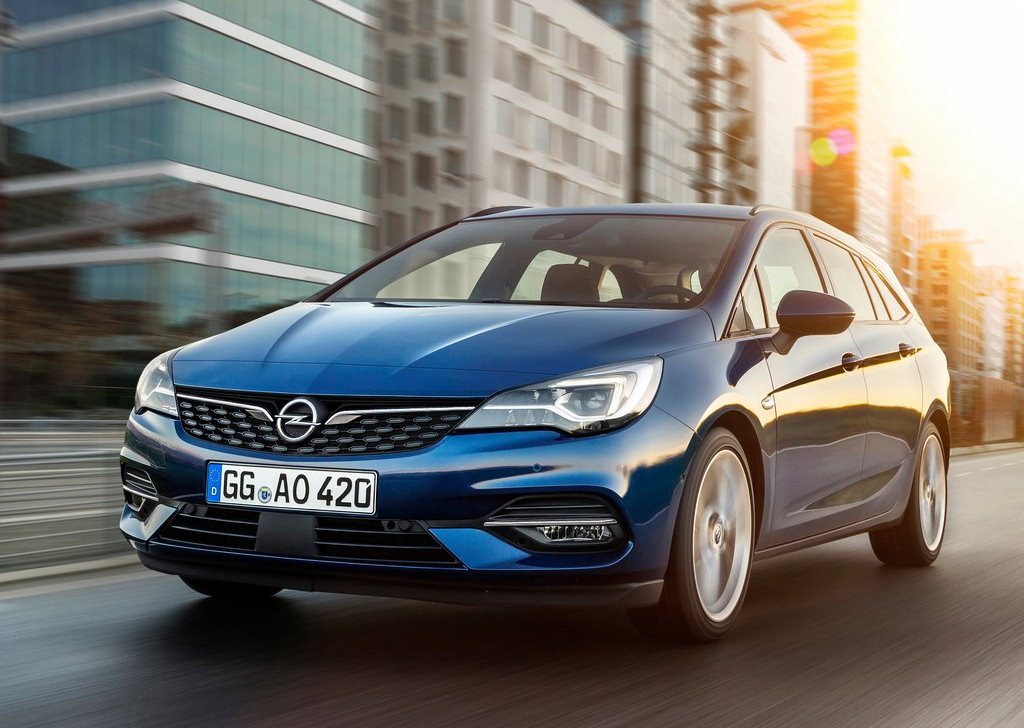Thanks to excellent aerodynamics as well as highly efficient new engines and transmissions, the new generation Opel Astra sets standards for efficiency and low emissions. Compared with the previous model, CO2 has been cut by up to 19 per cent, putting the Astra at the top of the compact class. The current Astra generation already ushered in a new era at its premiere and was elected European Car Of The Year 2016. With its lightweight design (200kg lighter than the predecessor) and top technologies from higher classes, the Astra set benchmarks. Opel continues to pursue this strategy with ultra-modern new generations of highly efficient and lightweight petrol and diesel engines. The 1.2-1.5-litre three-cylinder power units produce 77kW (105hp) to 107kW (145hp), making both the Opel Astra five-door and Sports Tourer real fuel-saving and CO2 champions.
A counter-rotating balance shaft in the block of the three-cylinder engines offsets vibrations. The base power units already have a six-speed manual gearbox as standard. A smooth-shifting nine-speed automatic is optional. Meticulous development in the wind tunnel also made a significant contribution to the reductions in fuel consumption and CO2 emissions. As a result, the new Opel Astra is one of the most aerodynamic compact cars on the market. At 0.25 Cd, the Sports Tourer belongs to the estate cars with the lowest drag coefficient in the world, while the five-door leads the hatchback class at 0.26 Cd. The aero-benchmarks have been achieved through numerous measures, including an engine compartment cover, deflector-shaped rear axle control arms and a full-face shutter. The upper and lower portions of the new Astra's radiator grille automatically open and close independently of one another, further improving the frontal airflow. The underbody optimisation improves the drag coefficient by reducing turbulence.
Efficiency champions: up to 19 per cent lower CO2 emissions
The new turbocharged petrol and diesel engines, which are as economical as they are lively, are primarily responsible for the exemplary efficiency. The low consumption and CO2 figures are also enabled by the modern six-speed manual gearboxes, the seven-speed continuously variable transmission (CVT) and - for the first time at Opel - a new nine-speed automatic. The compact, three-cylinder, turbo petrol units are available with 1.2 and 1.4-litre displacements. With power outputs extending from 81kW (110hp) to 107kW (145hp) and maximum torque from 195 to 236 Newton metres, they achieve an excellent balance between performance and efficiency. The Opel Astra 1.2 is combined with a smooth-shifting six-speed manual gearbox while the Astra 1.4 is available exclusively with a new seven-speed continuously variable transmission (CVT). With the CVT, Astra drivers can enjoy the convenience of automatic gear changing or select gears themselves via the shift lever.
Integration of the water-cooled exhaust manifold in the cylinder head contributes to quick engine warm-up, which lowers emissions after a cold start. Compared to the previous model, the fuel consumption and CO2 figures of the 81kW (110hp), 96kW (130hp) and 107kW (145hp) Astra have been reduced by more than five percent, around 19 per cent and more than 15 per cent respectively. Typical for Opel is the excellent transient throttle response of the petrol engines - at 1,500 rpm, 90 per cent of the maximum torque is already available within 1.5 seconds of flooring the accelerator.
High efficiency: less than 100 g/km CO2 from new Astra turbo-diesel
The Opel Astra's 1.5-litre, three-cylinder diesel engines offer 77kW (105hp) and 90kW (122hp), as well as 260 to 300Nm of torque. The common rail fuel injection system operates at up to 2,000 bar. Compared to the previous model, the fuel consumption and CO2 figures of the 77kW (105hp) and 90kW (122hp) Astra diesels have been reduced by up to 17 per cent and around 10 per cent respectively. Instead of the precise, six-speed manual gearbox, the most powerful diesel is optionally available with the seamless shifting of a new nine-speed automatic transmission, which is making its debut at Opel in the Astra.
The diesel engines feature an electrically-activated turbocharger with variable geometry turbine vanes (VGT) and, similar to their petrol counterparts, a balance shaft in the block for additional refinement. Likewise, the exhaust manifold is also integrated in the cylinder head. Optimum exhaust after-treatment of the Opel Astra 1.5 diesel is delivered by the emissions reduction system consisting of a passive oxidation catalyst, AdBlue injector, SCR catalyst and Diesel Particulate Filter (DPF).





![2026 Kia Sportage [EU] Review: A Refined European Crossover with Bold Style and Electrified Options](https://blogger.googleusercontent.com/img/b/R29vZ2xl/AVvXsEgqMRwJE1m90uCMgRSB6oc4bAzmAaKXJlNoCwavK5fXHaphLYY1sUVXdxUC94zuj95CdjDG2SqRnUBYMqta-dapTLIaHhzEdJAS821ldVMQOKfAZNpQlZ5fYTwKzKbKj8ad9QeKlaQPcNLRZ6zaGvuXhsg1kQ6zQCQqYtjmOM8q9u-a7Nl3WYjp773OLXJR/w680/2026%20Kia%20Sportage%20%5BEU%5D_01.jpg)













0 Comments